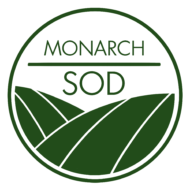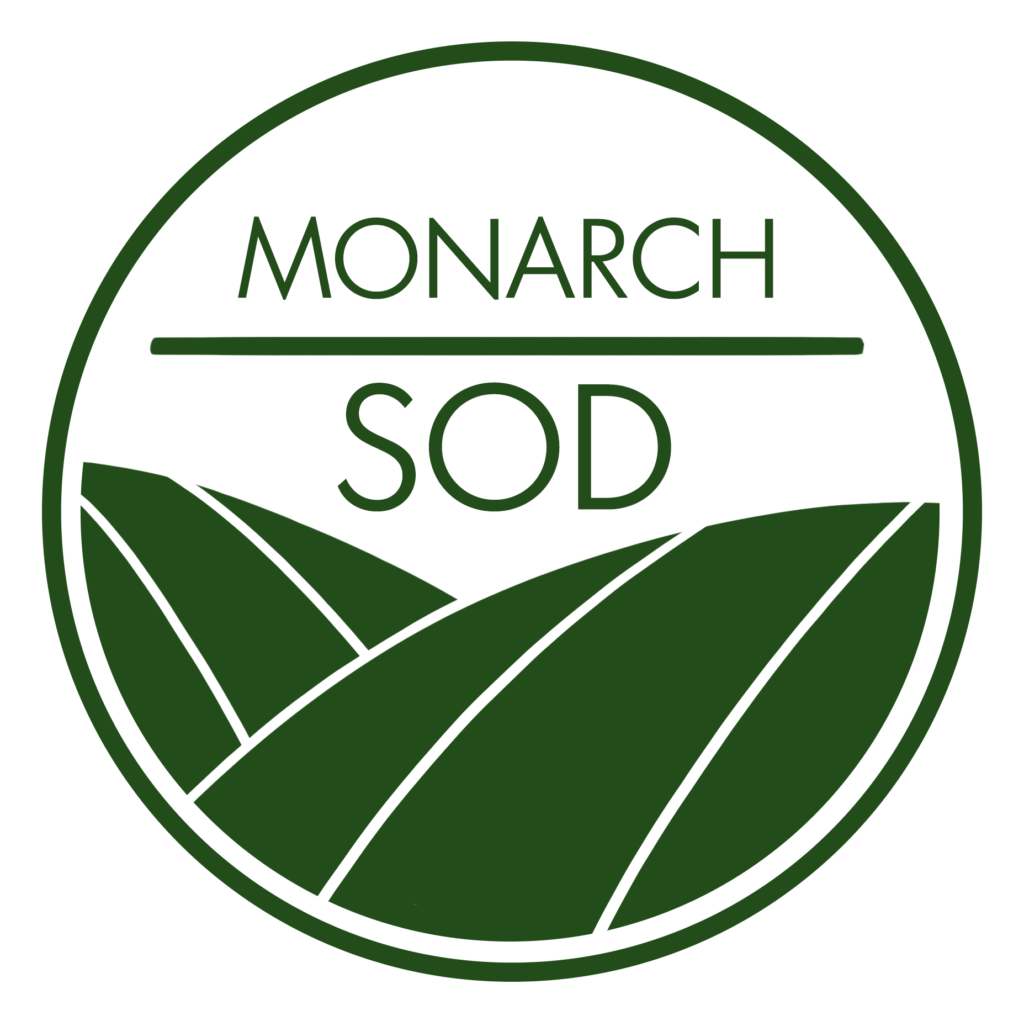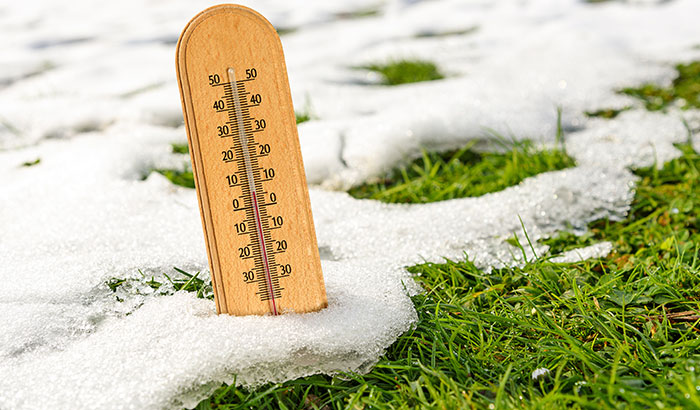Whether for your home or business, you want your new sod to look great and thrive, but there comes a point when it’s just too cold for sod.
New sod needs specific things to properly root and grow, and one of those things is the right temperature. If you lay your sod too late in the year where you’re facing some chilly days, you may find yourself with an even larger project on your hand.
So what temperature is too cold for sod? Let’s take a look.
How Cold is Too Cold?
The bottom line is that you shouldn’t be laying new sod if the temperature is at or below 32℉ (or 0℃.)
Keep in mind that this is the rule for daytime temperatures. Even though the temperature starts to drop in the evening during fall, as long as the temperature during the day is above 32℉, you’re good to go.
If you try and lay sod after the temperature has dropped too low, you’ll find that your sod has a difficult time establishing roots in the frozen ground, which will keep it from getting the nutrients it needs to truly thrive. While the prospect of new sod might be tempting, if it’s too cold for sod, we highly recommend waiting until the temperatures rise again.
What Temperature is Best for Laying Sod?
On the flip side, what is the best temperature for laying sod? You might be surprised to find that the best temperature is between 55 and 65 32℉.
When the temperature is too high, the sod runs the risk of drying out and not getting the right amount of moisture. Install when it’s too cold for sod, and the ground may be frozen, making it extremely difficult to establish strong roots.
Another plus to laying sod when it’s between 55 and 65℉? You won’t be as hot and sweaty as if you were laying it during the warmer days of summer. You’ll stay nice and cool as you work on your landscaping project.
Best Sod Type for Utah Temperatures
As far as what the best type of sod is for Utah temperatures, we highly recommend Kentucky Bluegrass.
One of the reasons we love Kentucky Bluegrass is because it has an incredible way of spreading and healing on its own. It performs very well in dry climates, and once it has established roots, it tolerates cold weather like no other grass.
Another major benefit that you’ll get from choosing Kentucky Bluegrass is that it’s drought resistant. That means that, if you find yourself in a drought in Utah, you can limit the amount of water that your grass gets and still have a beautiful, lush green lawn.
Monarch Sod Is Here to Help
Looking for a helping hand with your sod? Once the temperature has warmed up and it’s no longer too cold for sod, give Monarch Sod a call! Happily serving in Utah Valley and the Salt Lake Valley, we’re your go-to experts in the world of sod. Contact us today to get more details on our services!
var /*99586587347*/ toto slot










